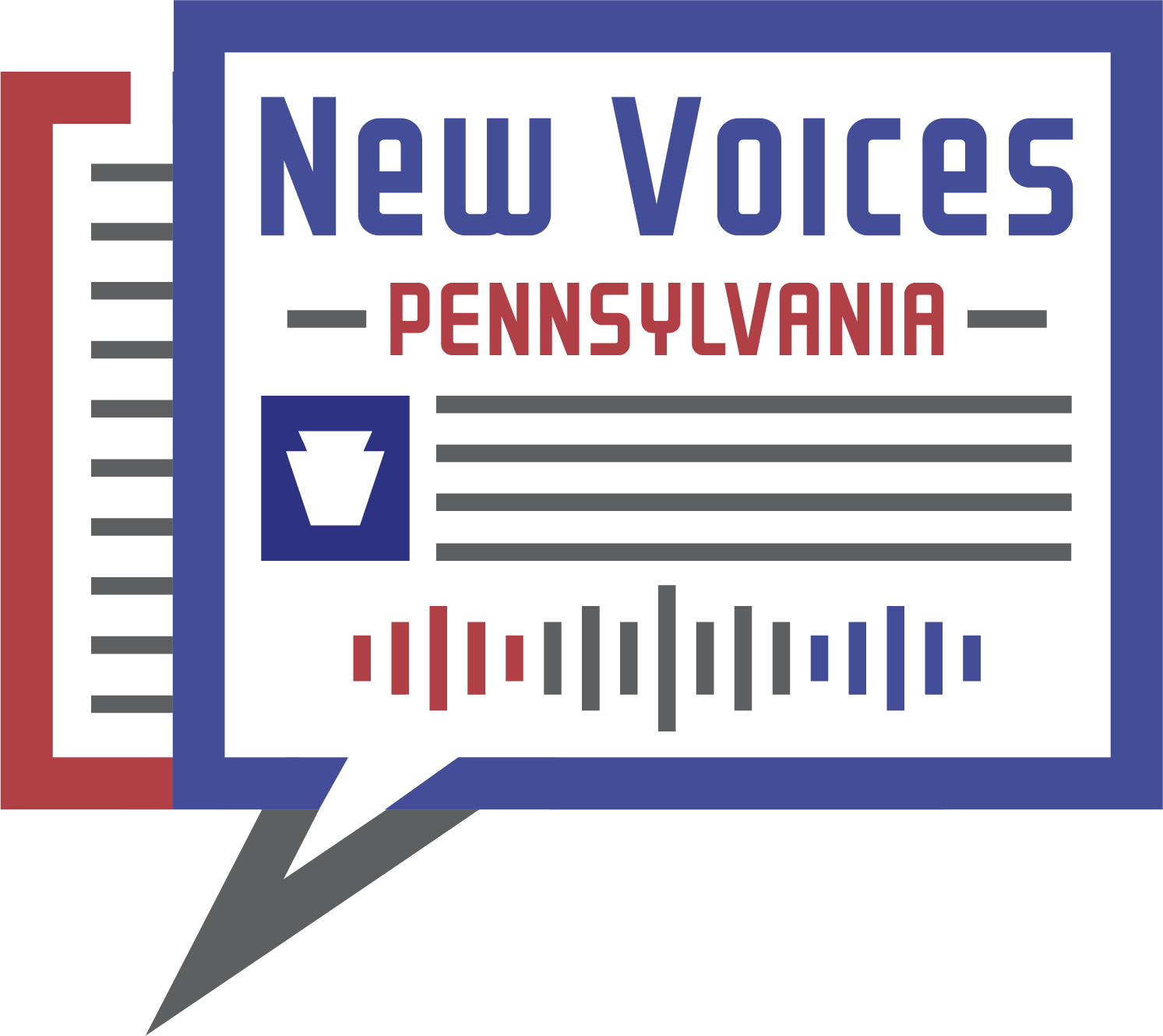by Christopher Denkovich
Freedom of speech and freedom of the press are fundamental rights and students shouldn’t need to fight for them. The First Amendment is in place to prevent a tyrannical government from controlling the news and misleading the public. If the United States government-controlled professional publications the same way the Russian government does, there would be an uproar as if our civil liberties were under attack. So, why then are governing bodies such as school boards and school administrators given the power to restrict, change and censor the news that goes into schools and local communities? Since the Hazelwood ruling in 1988, school administrators have been given the power to censor anything they deem “inappropriate.” This vague wording has allowed hundreds of school districts to censor student publications and student journalists in a corrupt manner. With the loss of many newspapers around the country, school publications are the only news source in some smaller communities. So, when a school district makes a mistake, or, in some cases, does something illegal, school administrators can censor the student publications and cover up any wrongdoings from the public.
Students are, for the most part, powerless in this situation. When censored, students are often afraid to fight back because they are afraid of retaliation, which has, in many cases, been funding cuts to the program and even the publications adviser losing his or her position or job. The only resources students have are organizations that help protect students like the Student Press Law Center (SPLC) or The Foundation of Individual Rights and Expression (FIRE). It’s harder for organizations like these to help students when there is no state law or school district policy in place that protects students. That’s why the SPLC and students around the country are pushing for protection laws in their states. In Pennsylvania, that looks like House Bill 1309 and Senate Bill 622, commonly called the Student Journalism Protection Act. If passed into law, these bills put the power into the hands of advisers and student journalists instead of administrators and help to protect adviser jobs. While this legislation is non-partisan, both of these bills currently have only Democratic sponsors.
As defenders of freedom and advocates for transparency, it is crucial that we take action to protect the fundamental rights of freedom of speech and freedom of the press in our schools. The First Amendment was established to safeguard and protect against government overreach and manipulation of information, and we must extend the same protection to our schools and communities. The power to control, restrict and censor news within schools and local communities should not rest solely in the hands of administrators. Students, as the future leaders of our democracy, deserve the right to express themselves and report on important issues without fear of censorship or retaliation.
The Hazelwood ruling’s vague language has led to the suppression of student publications, hindering their ability to uncover the truth and hold those in authority accountable. This has severe consequences for communities that rely on school publications as their only source of news. By supporting legislation such as the Student Journalism Protection Act, we can empower advisors and student journalists, ensuring their voices are heard and their work protected. It is essential that we rally behind organizations like the SPLC and FIRE in their efforts to protect students’ rights by contacting local legislators or getting a public policy that protects students implemented in local districts. Let’s transcend party lines, to advocate for the enactment of protective laws in every state. By doing so, we can foster an environment that nurtures open dialogue, critical thinking, and responsible journalism among our future leaders.
